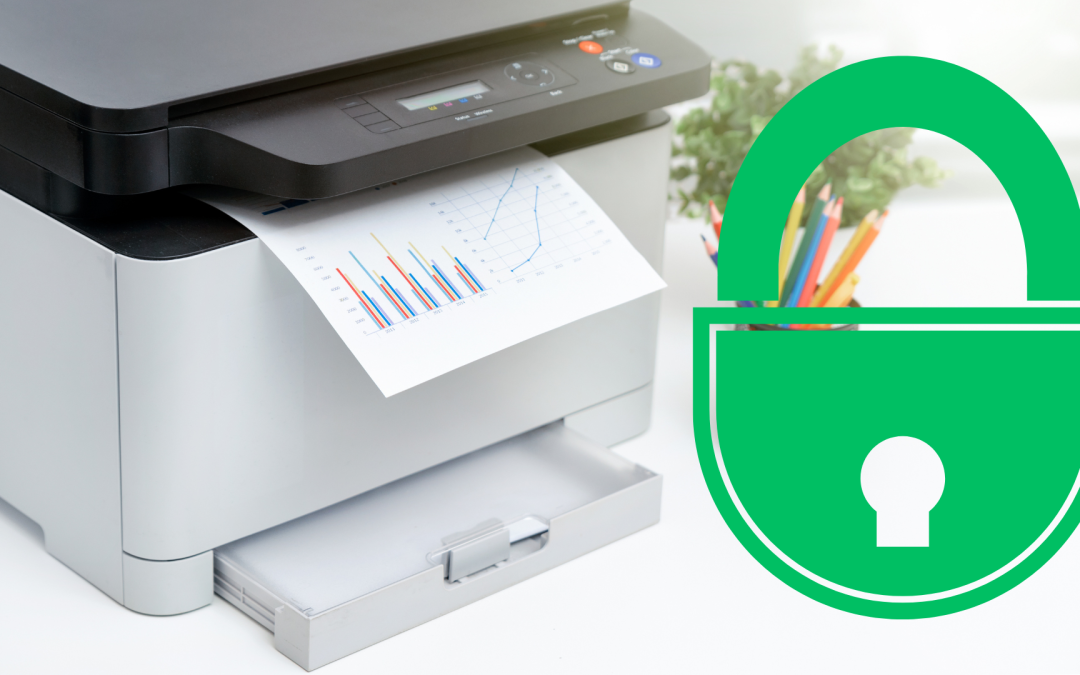While the focus often falls on securing computers, it’s crucial not to overlook the vulnerability of our wireless printers. These trusty tools, often used intermittently for tasks like printing tax forms or mailing labels, tend to fade into the background of our thoughts.
However, hackers see unsecured printers as an opportunity. They understand that printers, though seemingly inconspicuous, can be the gateway to breaching a home network. Let’s shift our perspective and prioritize the security of these often overlooked devices.
Consider this eye-opening example: Cybernews intentionally hacked approximately 28,000 unsecured printers worldwide. Shockingly, their success rate reached an alarming 56%. But here’s the twist – once infiltrated, they used the compromised printers to educate users about printer security.
Now, it’s time to assess your network’s vulnerability through your printer. With our helpful security tips below, you can fortify your network, safeguarding data on all your devices. Let’s join forces and ensure that your network remains a fortress of protection for your valuable information.
Together, we can elevate the security of your printer and create a shield of defense that extends throughout your entire network. Let’s embrace the power of knowledge and take decisive action to keep your data secure and your mind at ease.
1. Change the Default Login Credentials
When you buy a new printer, it will likely have included default information. Manufacturers give you a way to connect and set up your device. This usually involves default login information.
Immediately change that information during set up. Hackers use a master list of all these defaults. They plug it into an automated script and just keep trying them all until they get a hit. Change these, and make sure you create a strong password.
2. Keep Printer Firmware Updated
Keeping firmware updated is vital to keeping your printer secure. Hardware needs updating just like computers, software, and apps do. Those updates often contain important security patches.
Firmware updates aren’t usually as visible as software updates. Software and OS updates usually give you a popup notification. But updates to the drivers and firmware that run printers, aren’t so visible.
Some of the places you can check for firmware updates are:
- The PC manufacturer’s utility app on a connected device
- The printer’s information panel
- The printer manufacturer’s app installed on a PC
3. Use a Network Firewall
A network firewall is important to ensure the monitoring of traffic. Firewalls can block suspicious activity to keep hackers out of your network. You should configure the firewall to watch incoming and outgoing printer traffic.
4. Put Your Printer on a Guest Network
Most of today’s home routers allow you to set up a guest network. This is a separate Wi-Fi that runs from the same router you use for your main network. It’s harder for hackers to get from one network to another.
Keeping a less secure device separated from computers and phones improves security. You can still print to your printer from devices on another network. You just need to have things configured correctly. If you need help with that, just let us know.
5. Disable Unused Ports or Services
IoT devices, like printers, often have many ways to connect. You may not need all the ports or services that come with your printer. These ports are risk areas where hackers could find a way in.
It’s best to disable any ports and sharing features that you don’t need. This reduces the risk of a breach.
6. Unplug It When Not in Use
Most home printers aren’t used as much as work printers. People may only use them once a month or a few times a year. If you’re not using your printer constantly, unplug it when not in use.
One surefire way to cut off a hacker’s access is to unplug the device. When it’s shut down, no access is available at all.
7. Teach Your Family Cybersecurity Best Practices
Your printer is one device on your network. Most families connect several devices to their home Wi-Fi. In 2022, the average number of connected devices per U.S. household was 22.
Families need to know and adopt good cyber habits. This keeps everyone’s data more secure. It also helps you avoid costly identity theft breaches. Or the takeover of things like baby monitors.
Some standard best practices to follow for good cyber hygiene are:
- Always use strong passwords. (at least 10-12 characters & include a mix of letters, numbers, and symbols)
- Keep software & firmware on devices updated
- Use multi-factor authentication wherever possible
- Enable device firewalls & other protections
- All devices that should have a good antivirus installed
- Never login to an account from a link you receive via email or text
- Learn how to identify phishing & get a second opinion before clicking
- Get a security checkup from a pro at least every year or two
Get Some Help Keeping Your Family’s Data Secure
IT pros don’t only work with businesses. We also help families ensure their data is safe & devices are running smoothly. Give us a call today to schedule a home security checkup.
Abuzz Technologies
Managed IT Services and Support in and around Philadelphia
Phone: 215.600.0349
Email: support@abuzztech.com


Recent Comments